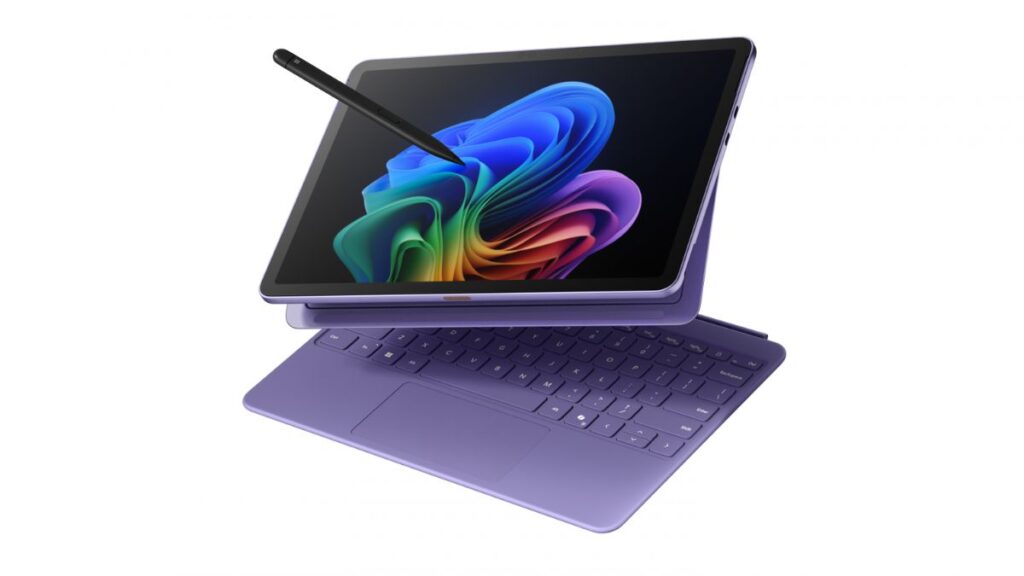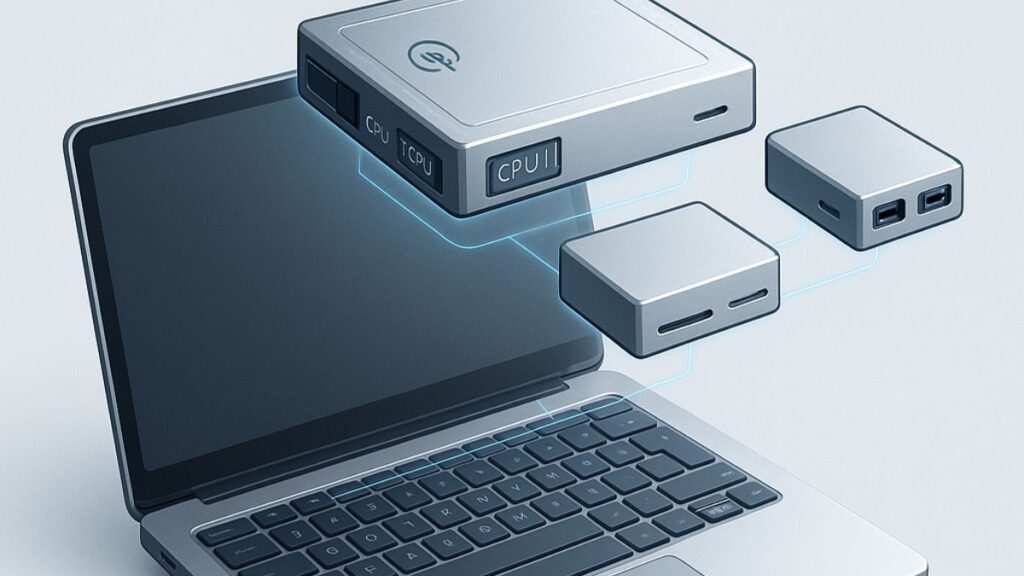I called it. Vegas (and Wall Street) were probably taking odds on the pervasive rumors and speculation about a “Surface Mini”, but as a Surface Pro 2 user I couldn’t see any real value in a smaller model. A BIGGER model, though–now that is a device I want.
Apparently Microsoft was listening to me…again. First Microsoft paid attention when I pointed out that a docking station was crucial, and now when I stressed the need for a larger Surface Pro. It would be nice if Microsoft would actually pick up the phone and engage my services as an analyst and consultant instead of just taking my advice without compensating me, but whatever. At least it is listening and moving in the right direction.
Here is what I wrote about the Surface Pro 3 for TechRepublic:
Yesterday, Microsoft announced the Surface Pro 3, which is an impressive piece of hardware. The Surface and Surface Pro 2 were good, but the larger display (12.1 inches vs. 10.6 inches) and shift in aspect ratio (3:2 vs. 16:9) make the Surface Pro 3 much more capable when you need to use it with the Type Cover keyboard as an “ultrabook hybrid” for extended periods of time.
This is not your average tablet. Internally, the architecture of the Surface Pro 3 didn’t change substantially from the previous model. The tablets still use the fourth generation Intel Core processor line, codenamed “Haswell.” The Haswell chips enable the Surface Pro 3 to go for up to nine hours on a single charge. Surface Pro 3 comes with either 4 GB or 8 GB of RAM, and a 64 GB, 128 GB, 256 GB, or 512 GB SSD. It also has 5 MP / 1080p HD cameras on both front and back, 802.11ac Wi-Fi, a microSD card slot, and a full-size USB 3.0 port.
I pointed out a couple weeks ago that one of the reasons the Surface tablet line has struggled is because of a branding and marketing failure by Microsoft. Microsoft focused on the fact that the Surface is a tablet and even ran commercials — rather clever ones, actually — comparing the Surface against the iPad. That was a mistake, and Microsoft has adopted a new strategy for the Surface Pro 3.
The problem with pitting the Surface Pro line against traditional tablets is that it costs substantially more. No matter how awesome you make it seem, somebody in the market for a tablet is going to walk into a Best Buy and see a $500 iPad Air, a $400 Samsung Galaxy Tab Pro 10.1, and a $900 Surface Pro 2 — and the vast majority will walk away with one of the tablets that are thinner, lighter, and cost half as much as the Surface…
You can read the full TechRepublic article here: Surface Pro 3: The tablet that can replace your laptop.
I plan to do a new 30 Days with Surface Pro series using the Surface Pro 3 very soon. I expect the experience to be a significant improvement over the original Surface Pro in every way.
What do you think? Will you consider a Surface Pro 3 as your next PC?



Comments are closed.